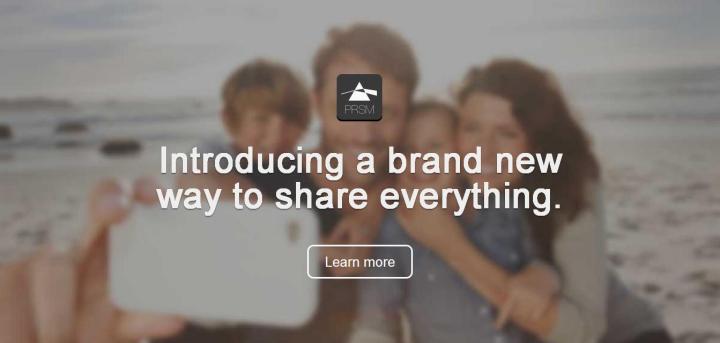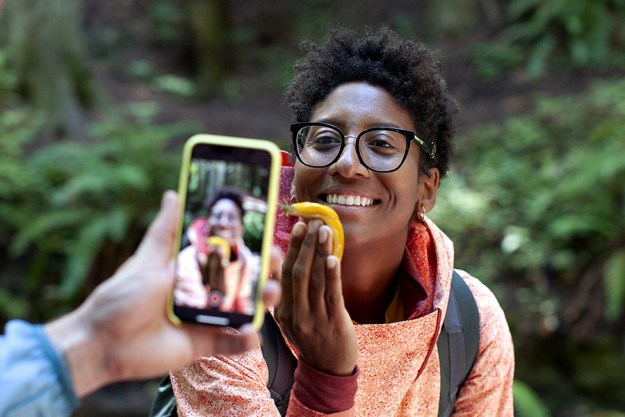
Imagine if PRISM were a social network – what would that be like? Well some clever devs went out of their way to make it so. Introducing PRSM – the social network that really knows you. So we’re going hands on with the hypothetical platform.
Have you ever had one of those days when you thought, “Hmmm… I wish there were a way people could quickly find out about what sort of sites I visit on a moment-to-moment basis?” Ever feel the need to tell all your friends about the contents of your Gmail account? Are you curious about how much money your best friend and your best friend’s husband make? Want to know who’s telling what to whom? Why, all that’s super easy through PRISM, the data collection program! If you thought oversharing was a way of life on Facebook, wait till you hear about what kind of service you’ll get from this everything-in-one-package of a site that’s so efficient, a lot of companies have already secretly gotten in on the action. Let us break it down for you.
How it works

The most accurate description of PRISM’s capabilities? Unlimited. It’s got the biggest data center anywhere on the planet, powerful enough to host up to five zettabytes of information. PRISM’s Titan Supercomputer is the latest in technology, capable of handling one quadrillion requests per second. With over 320 million users served (and more are catered to every second), the requests just keep coming in!
Advantages
Like I said, the pros of PRISM are limitless. Gone are the days of buffering videos on YouTube and waiting five seconds to a minute so an ad can play. PRISM promises no advertisements, no interruptions, no hassle. It’s never-ending awesomeness, all the time.
Portability is no longer an issue – PRISM works over any platform, any gadget, all day everyday. And even if you wanted it to, PRISM never misses a beat of your daily routine. It’s designed to keep track of your every single move.

Tired of having to keep track of the TV shows you’ve watched, movies and videos you’ve seen, songs you’ve heard? Want a secret backup of all the photos and videos you’ve ever uploaded online? PRISM’s media-logging function was designed to cater to your every need and want in that department.
If you want the ability to keep digital evidence and hold it over the heads of the people who’ve wronged you, you no longer need to bother with screenshots or secret voice recording. Since PRISM works on all gadgets, it programs your smartphone to automatically listen in on every phone call and duplicate every text message sent to you. It even pinpoints your location through GPS and remembers it.
You can now cross “Facebook fatigue” off your list of social media-related ailments – PRISM collects all the data from all your social networking accounts so if you wanted to gain access to your personal information as well as your contacts’, it’s totally easy and completely pain-free. PRISM’s key partners include AOL, Apple, AT&T, Facebook, Google, Skype, and Yahoo, so rest assured that your log-in details on all these sites are kept within PRISM’s massive data center.
Disadvantages
There are none… would you believe it?
OK, maybe there are some, but as long as you’re smart about it, there’s always a way to get around roadblocks. Take for example the campaign spearheaded by Electronic Frontier Foundation, one of the organizations constantly discouraging Internet users from supporting the growing use of PRISM by some of the largest conglomerates in the technology industry as well the government. The awareness they promote sure puts a damper on the coolness and prestige connected to digital spying. It can get pretty annoying, but don’t worry: You don’t have to get involved in the cause.
Bottom line
At the end of the day, if you want to share everything important in your life, if you have the desire to be submissive to the powers of Internet spying and to flush all signs of privacy and security down the drain, you can do it by getting on PRISM and signing up today!
Oh wait, you’re already on it.
